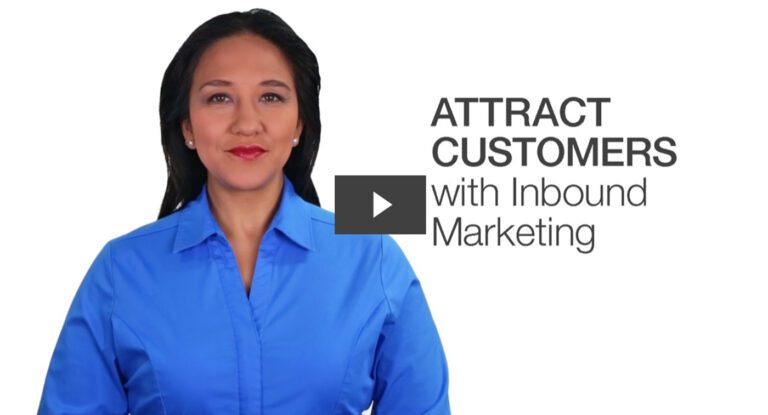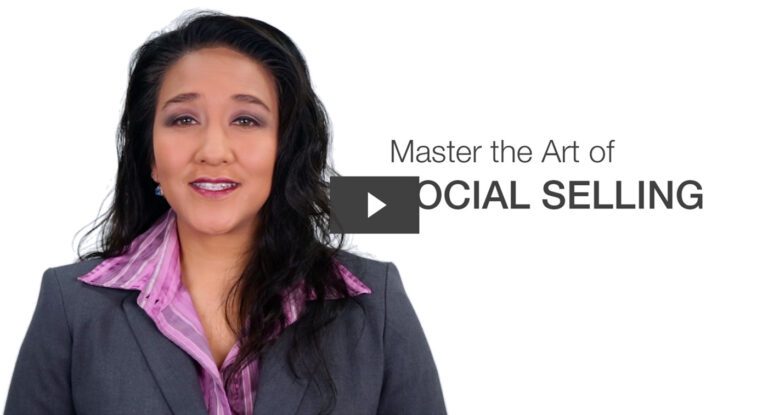Every organization has a customer lifecycle, there is no denying that. But, are you using your customer lifecycle management tactics in a way that best suits your business? Are you even leveraging your knowledge about it at all? Each customer has some form of the lifecycle and it is your job as a marketer or business owner to find out what that looks like for your business.
In the past, customer lifecycle management has maintained a focus on the top of the funnel and lead generation. If you take a deeper look, this may be the driving force of unsuccessful marketing efforts. The cost of customer acquisition is much higher than that of customer retention. Frankly, you know a lot more about your customers once they have reached the later lifecycle stages. The knowledge you gain from a longer customer relationship allows you to produce content that is more effectively targeted than that of a lead or prospect.
Accurate data and analytics are must-haves if you are going to develop a successful customer lifecycle marketing strategy. Each stage of the lifecycle should come with its own set of data that is driven by your buyer personas. When you establish your lifecycle stages, each should be backed up by data, address a specific set of challenges and goals, and get you closer to your desired response to the content you will be creating.
Establishing a guideline is important to ensure you have hit the mark on the content you create for each stage of the lifecycle, or buyers journey. Remember that the majority of marketers struggle to create content that effectively moves the lead through the customer lifecycle stages – content that compels conversion. You can avoid these struggles by exploring your customer base. Understand their needs, wants, habits, behaviors, and most importantly, how your brand will better their pain points.
Customers do not lay awake at night worried about what they are going to buy next. They are, however, laying in bed worried about a struggle or need. This is where you come in, providing easy access to the necessary information, thought leadership, product fit and benefits. In order to properly address each of the issues throughout the customer lifecycle, you should have a well-documented strategy. It is recommended that you first establish your lifecycle stages and then begin to set the stage criteria.
Differentiating the actions, metrics, and data necessary to graduate your customer to the next stage of the buyer’s journey should be your next step. These specific qualifications will vary according to your price points, service offerings, and sales cycle to name a few. Remember, when you get further into your buyer’s lifecycle stages, it is important to include both the data you have collected and the subjective engagement observations you have made. Engagement observations can vary as well. Some variables include social interactions, email open rates, community engagement, digital references to your product or service, and customer-to-client touches. Are your customers engaging with your content? Are they eager to learn more about product and service offerings? Do they have the necessary information to become a brand evangelist?
Next, you will need to set up lists so that your CRM can begin automatically segmenting according to each stage qualification. With a marketing automation platform like HubSpot this can be done quickly, and set to automatically qualify leads according to your customer lifecycle stages. This is a definite bonus for any marketing manager that has had to do this manually in the past.
Now you can begin to create the content that will assist your leads and prospects through the buyer’s journey. Every stage—not just the top of the funnel. Be sure to keep your feelers out and always look for feedback. Your job as a marketer is to provide the best possible answers to the questions that are plaguing your target market—nothing more, nothing less.
The power and innovation that technology provides has given you a leg up. Be sure you have a process in place to collect your data and qualify your contacts to the proper stage of the customer lifecycle. Remember to provide innovative thought leadership each step of the journey. You are well on your way to a solid customer lifecycle marketing strategy framework, increased sales, and continued business success.
Subscribe to our BLOG
Stay in touch & learn how to attract customers, become a thought leader, create effective marketing campaigns, & more.





